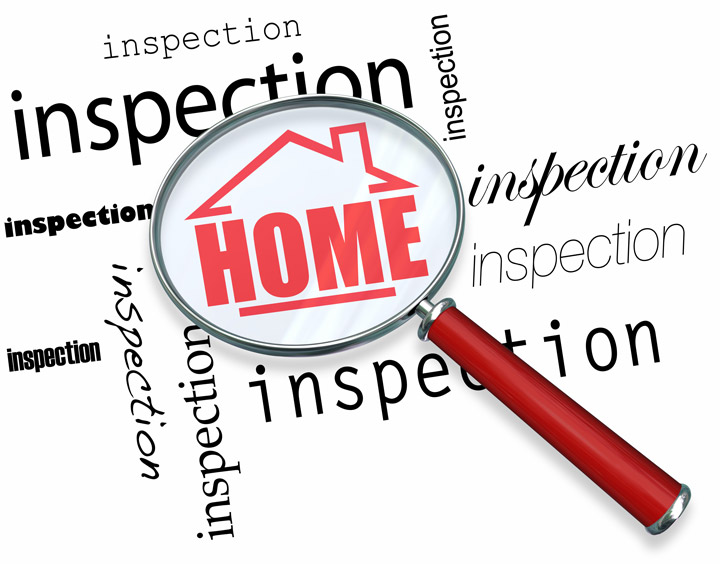
Understanding AppraisalsTheir home's purchase can be the biggest financial decision some may ever consider. Whether it's where you raise your family, a second vacation home or one of many rentals, the purchase of real property is a detailed transaction that requires multiple people working in concert to make it all happen. Most of the people participating are quite familiar. The most recognizable entity in the exchange is the real estate agent. Then, the bank provides the financial capital needed to finance the exchange. And the title company sees to it that all requirements of the exchange are completed and that the title is clear to transfer from the seller to the purchaser. So, what party is responsible for making sure the real estate is worth the amount being paid? In comes the appraiser. We provide an unbiased opinion of what a buyer might expect to pay — or a seller receive — for a property, where both buyer and seller are informed parties. A licensed, certified, professional appraiser from Susan M. Quinn & Associates will ensure, you as an interested party, are informed. Appraisals start with the property inspectionOur first responsibility at Susan M. Quinn & Associates is to inspect the property to ascertain its true status. We must see aspects of the property hands on, such as the number of bedrooms and bathrooms, the location, living areas, etc, to ensure they really are there and are in the condition a reasonable person would expect them to be. To make sure the stated size of the property has not been misrepresented and convey the layout of the house, the inspection often entails creating a sketch of the floorplan. Most importantly, we look for any obvious features - or defects - that would affect the value of the house. Back at the office, an appraiser uses two or three approaches to determining the value of the property: paired sales analysis and, in the case of a rental property, an income approach. 
Replacement CostThis is where we gather information on local building costs, the cost of labor and other factors to calculate how much it would cost to replace the property being appraised. This estimate commonly sets the upper limit on what a property would sell for. The cost approach is also the least used predictor of value. 
Sales ComparisonAppraisers become very familiar with the neighborhoods in which they appraise. They innately understand the value of particular features to the homeowners of that area. Then, the appraiser looks up recent sales in close proximity to the subject and finds properties which are 'comparable' to the home in question. By assigning a dollar value to certain items such as fireplaces, room layout, appliance upgrades, extra bathrooms or bedrooms, or quality of construction, we add or subtract from each comparable's sales price so that they more accurately match the features of subject.
A valid estimate of what the subject might sell for can only be determined once all differences between the comps and the subject have been evaluated. When it comes to knowing the true worth of features of homes in Marlton and Burlington, Susan M. Quinn & Associates is your local authority. The sales comparison approach to value is typically awarded the most weight when an appraisal is for a real estate sale. Valuation Using the Income ApproachIn the case of income producing properties - rental houses for example - we may use a third method of valuing a property. In this case, the amount of revenue the property generates is factored in with other rents in the area for comparable properties to give an indicator of the current value. Arriving at a Value ConclusionAnalyzing the data from all applicable approaches, the appraiser is then ready to stipulate an estimated market value for the property at hand. Note: While this amount is probably the most accurate indication of what a house is worth, it may not be the final sales price. Prices can always be driven up or down by extenuating circumstances like the motivation or urgency of a seller or 'bidding wars'. But the appraised value is typically employed as a guideline for lenders who don't want to loan a buyer more money than they could recover in case they had to put the property on the market again. Here's what it all boils down to, an appraiser from Susan M. Quinn & Associates will guarantee you discover the most accurate property value, so you can make wise real estate decisions. |